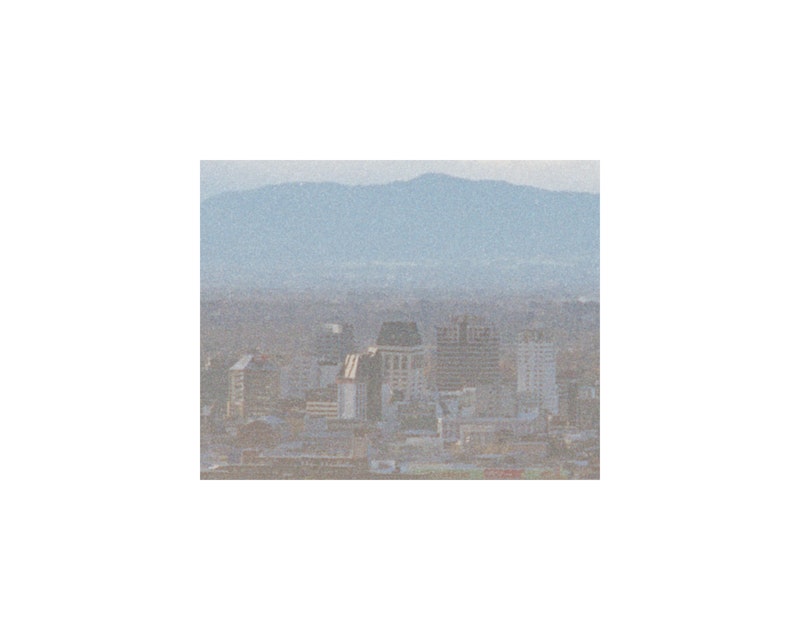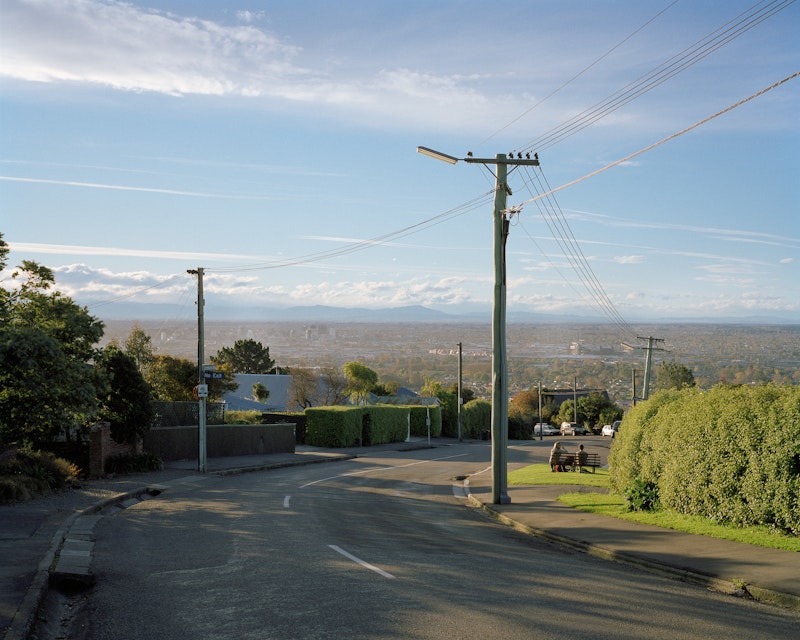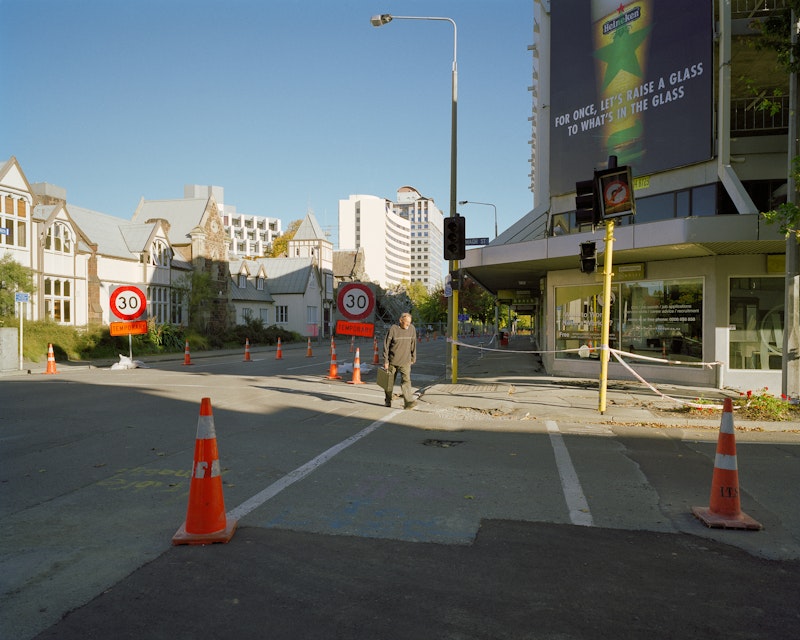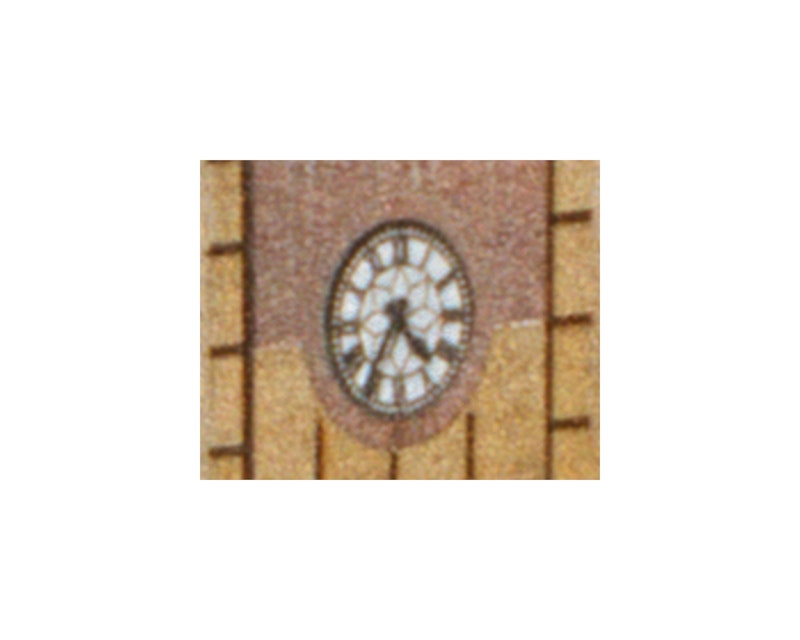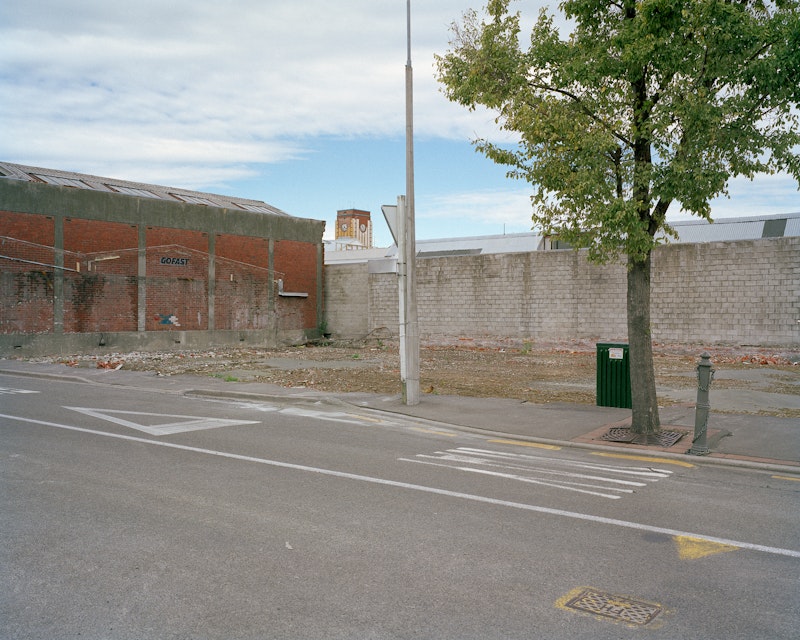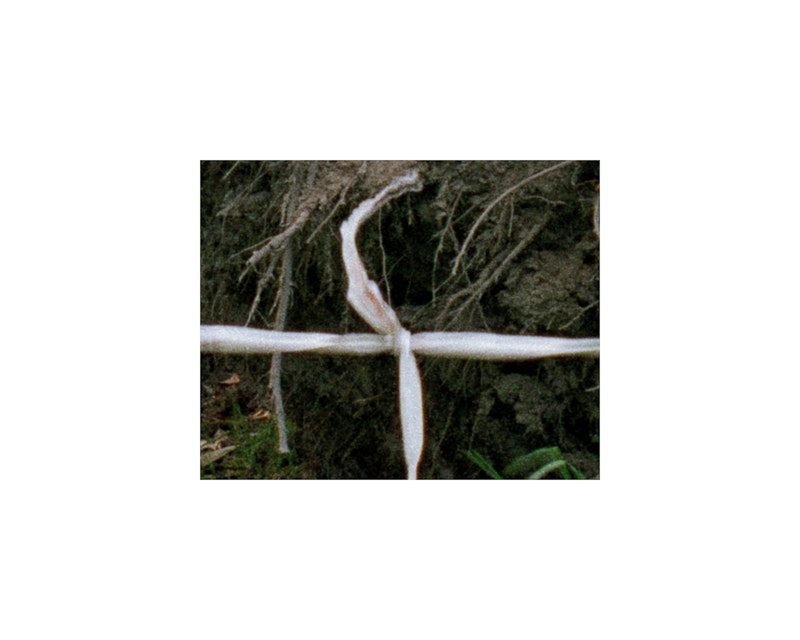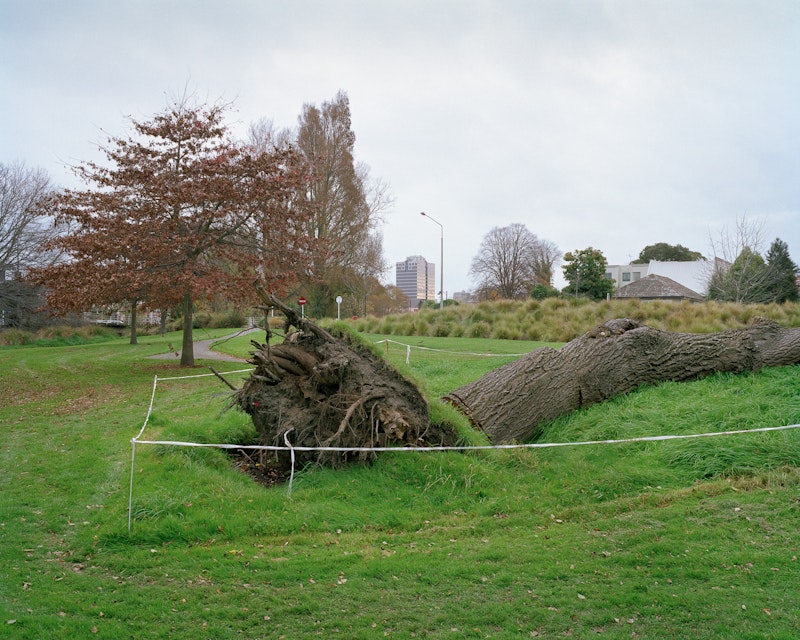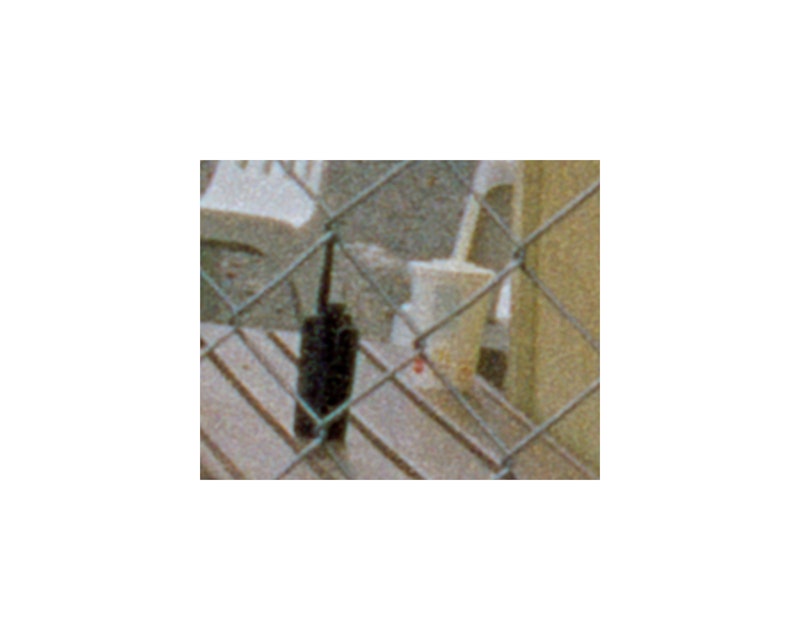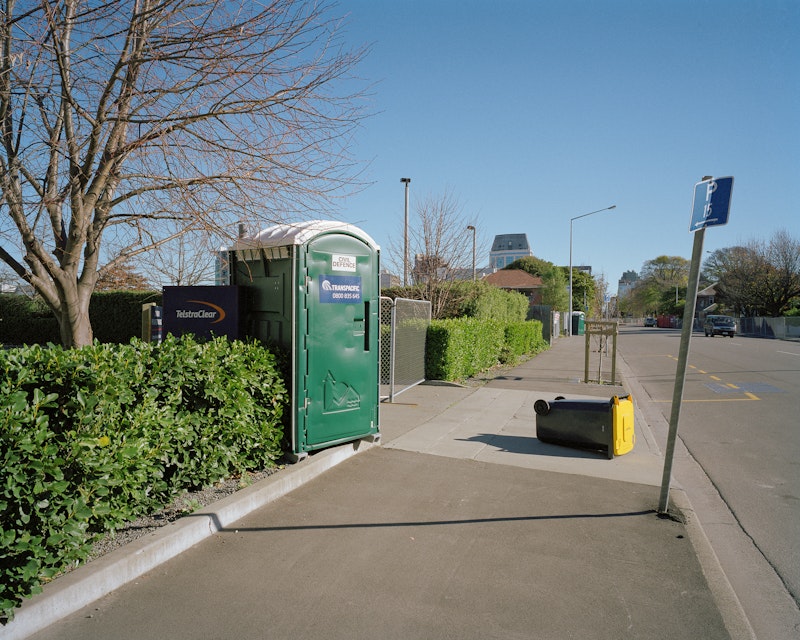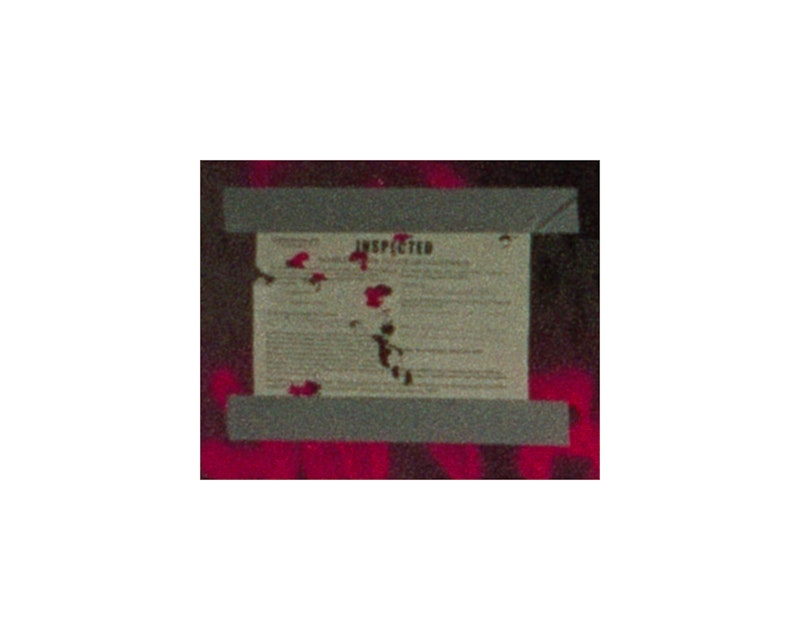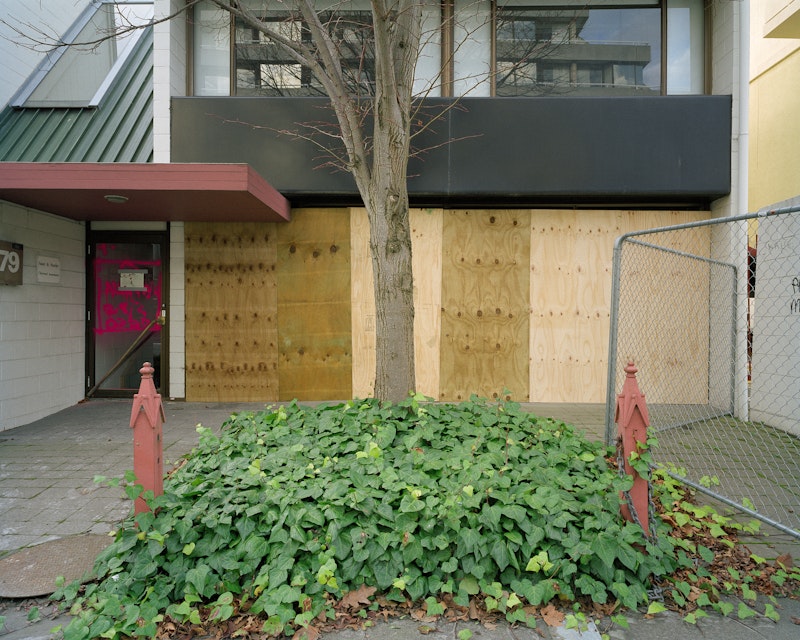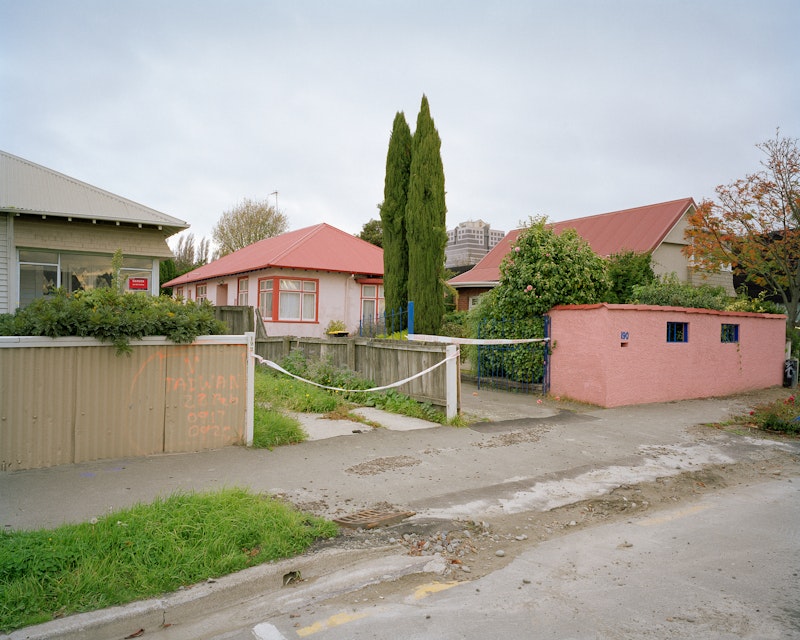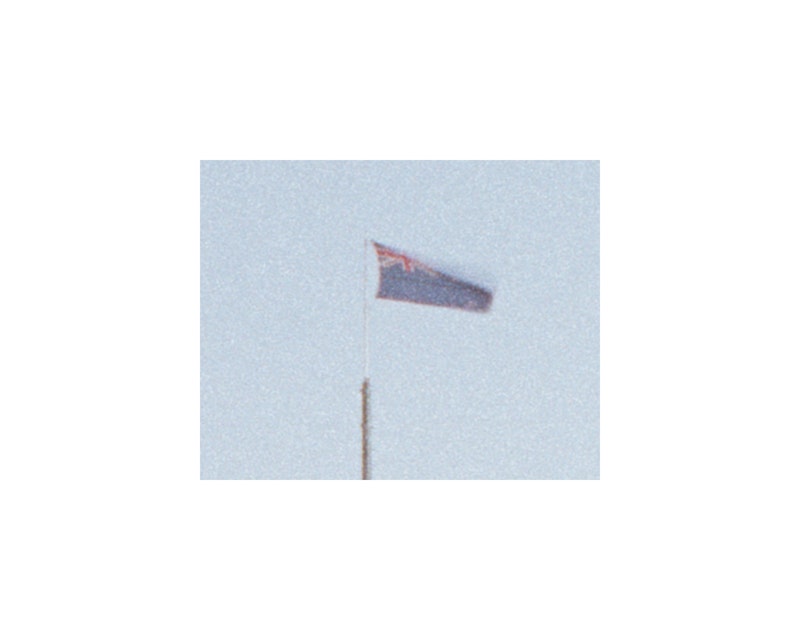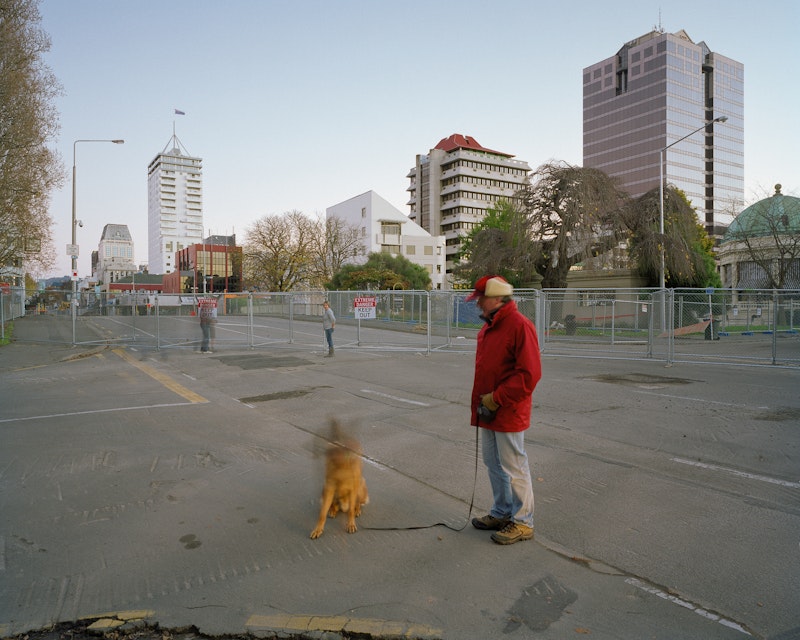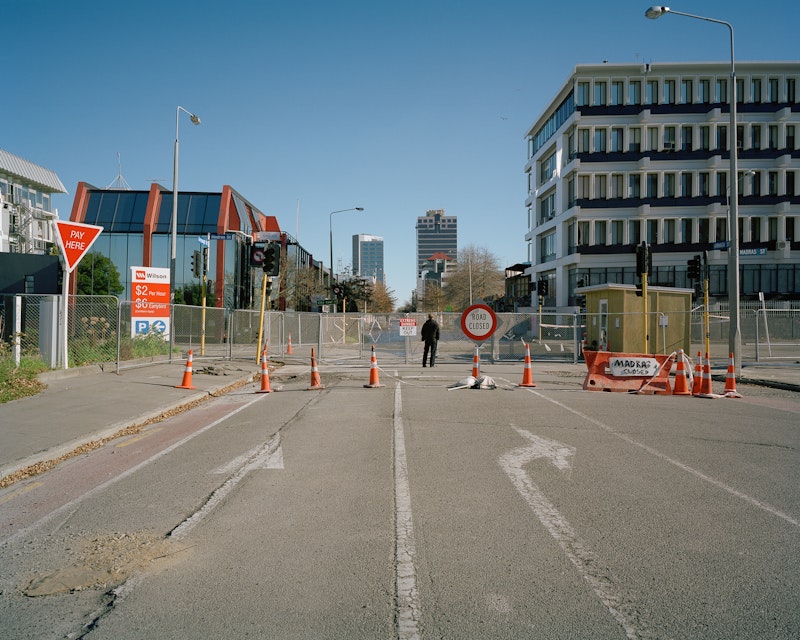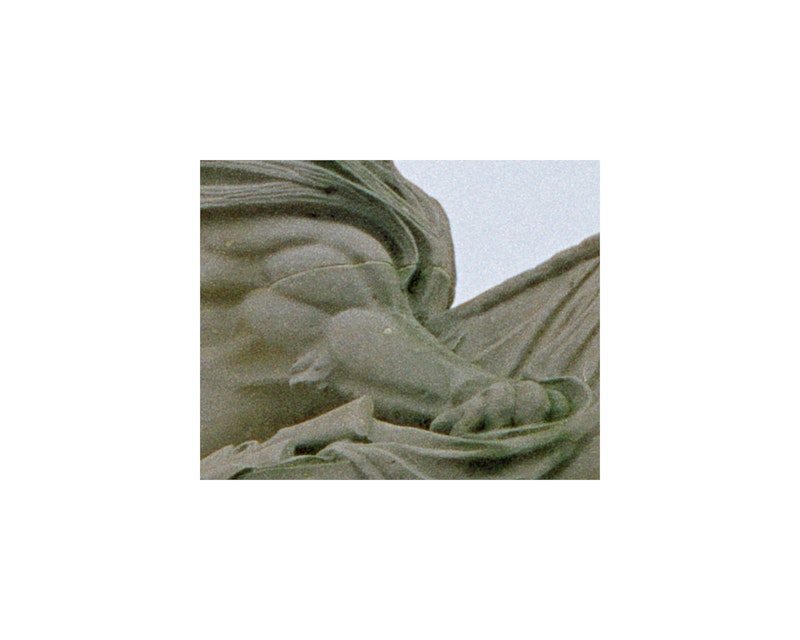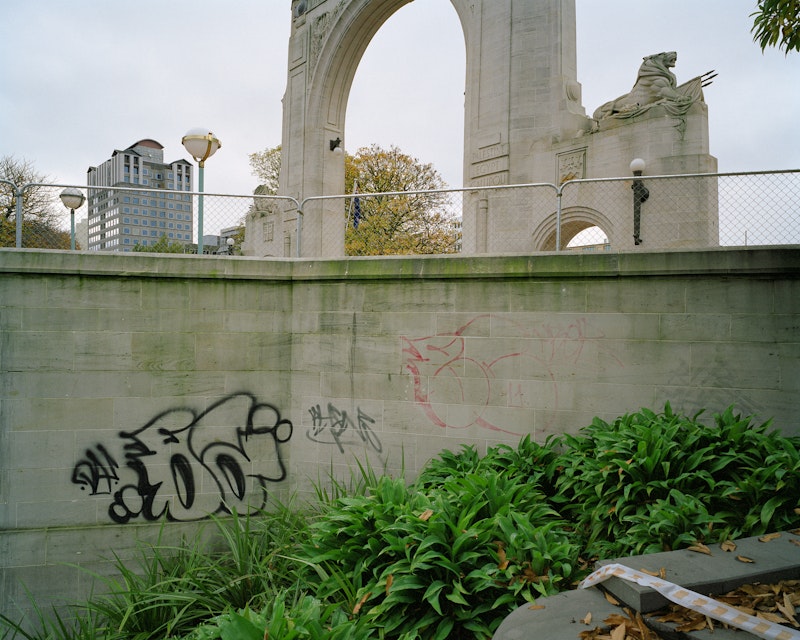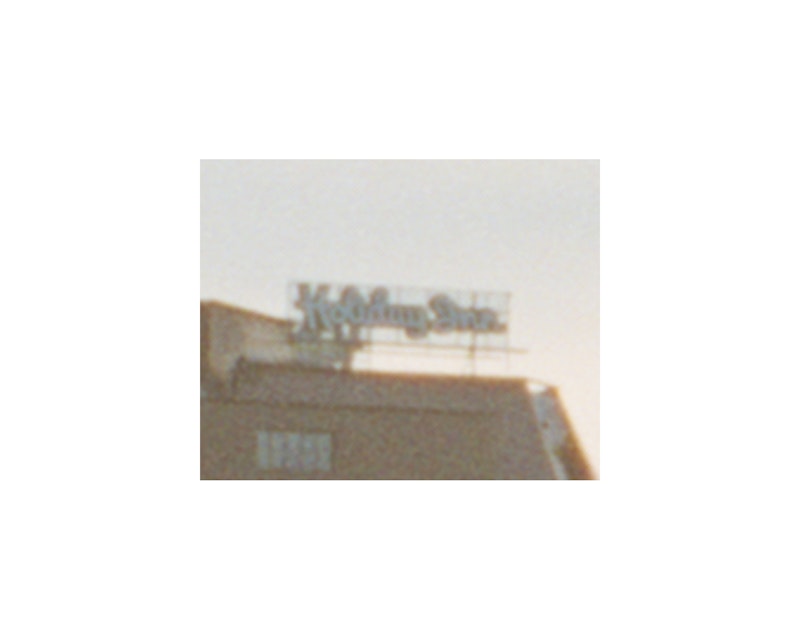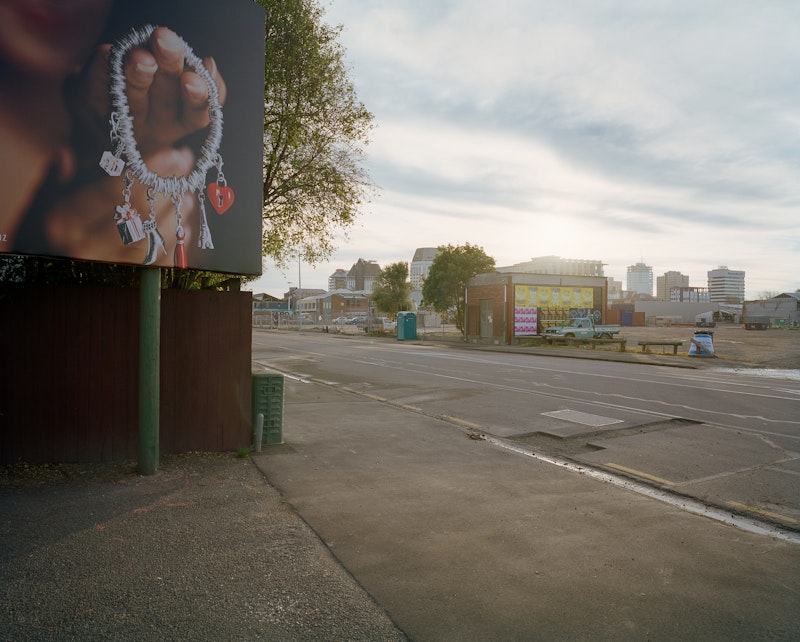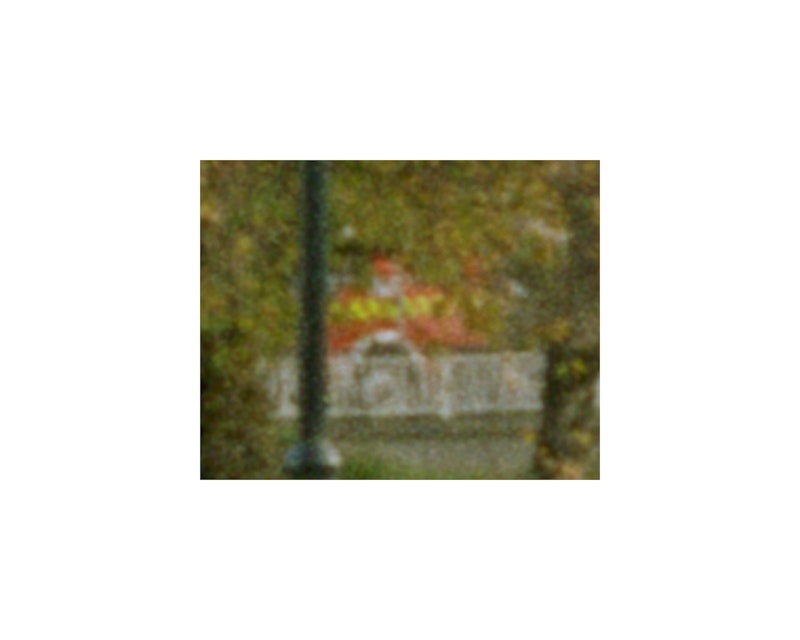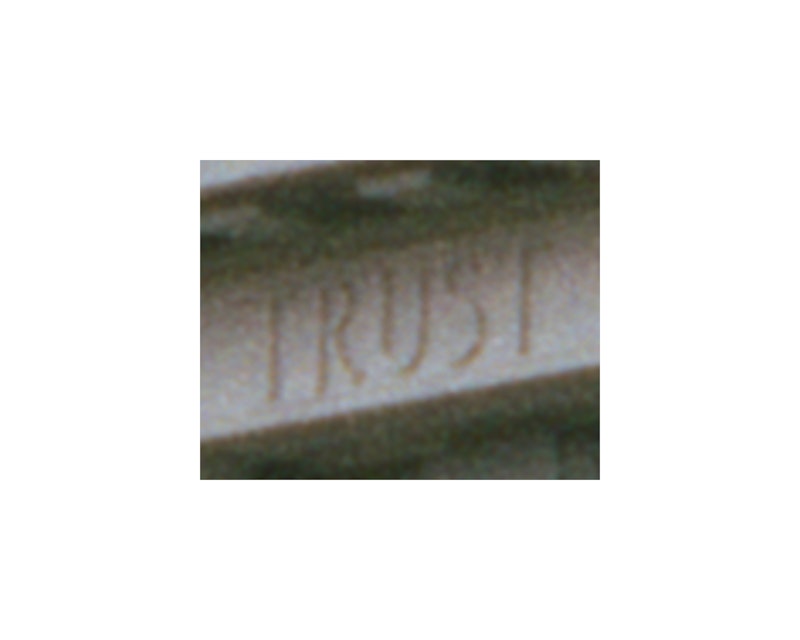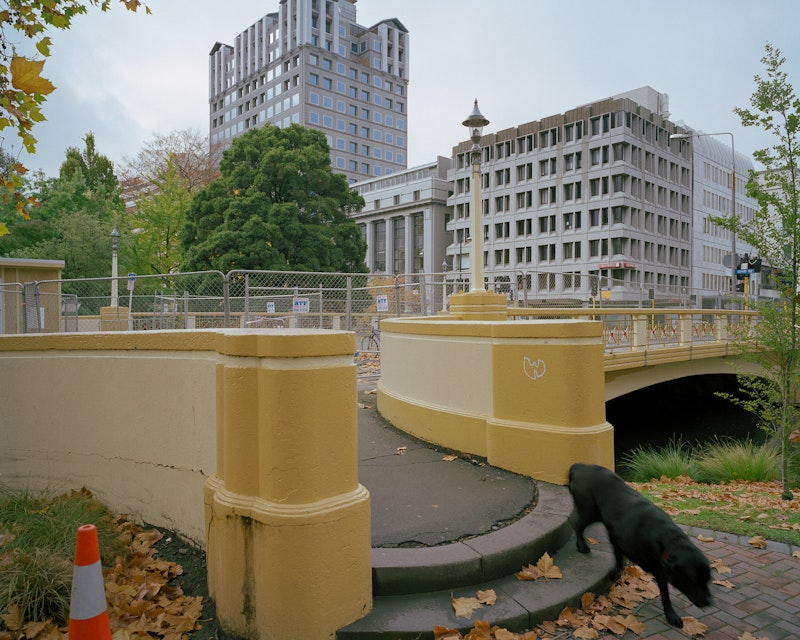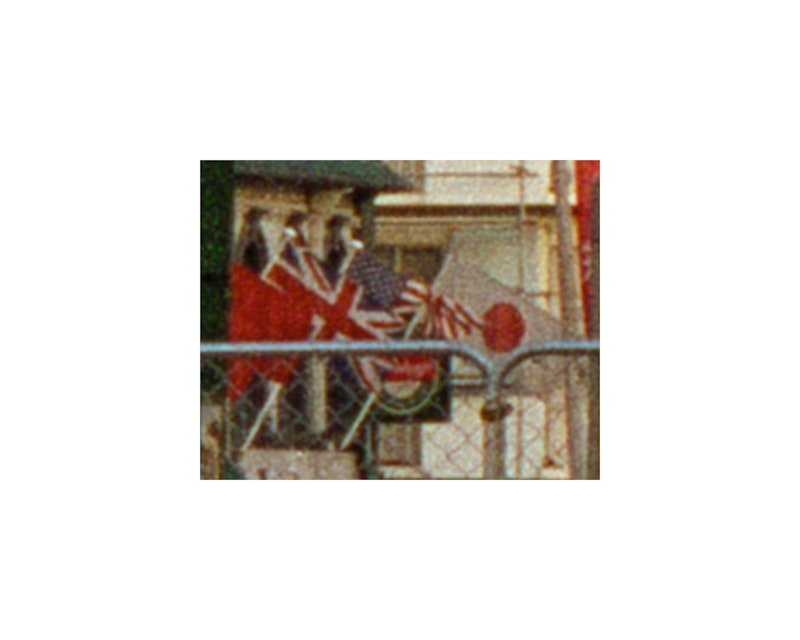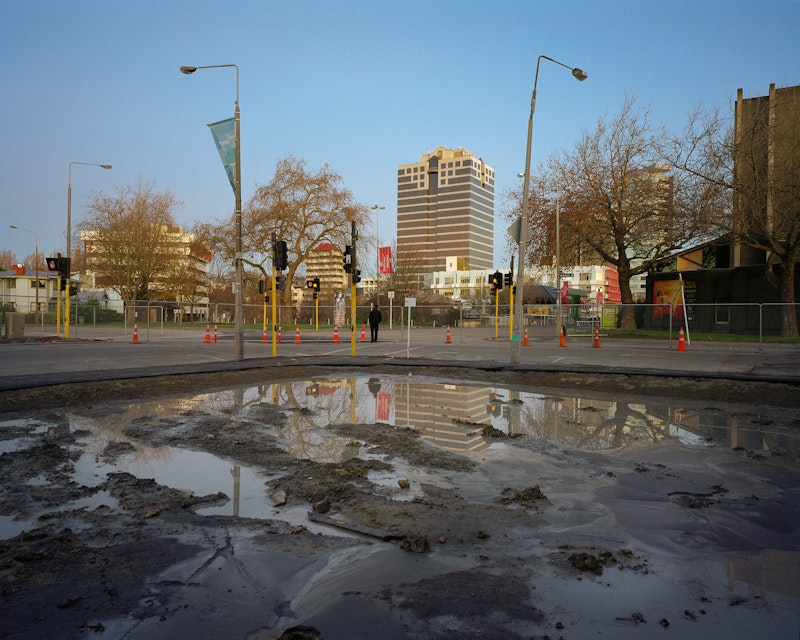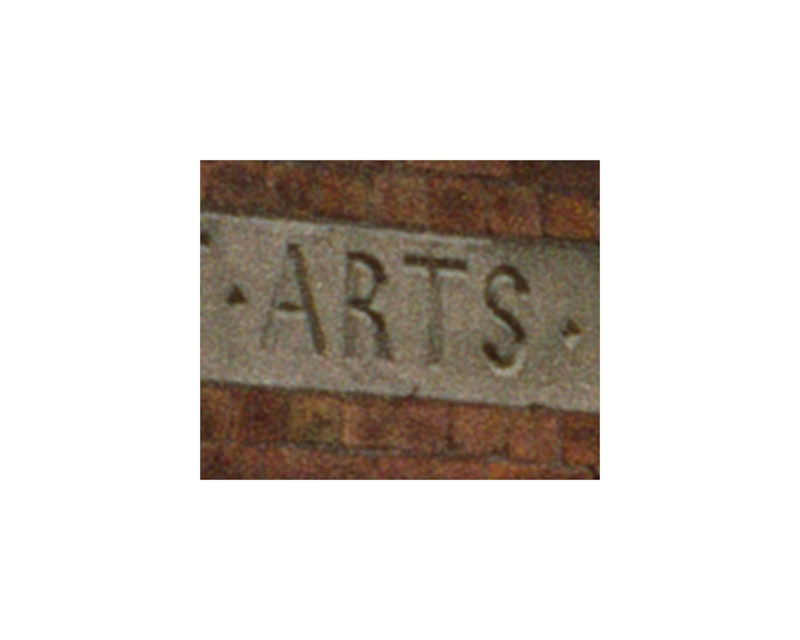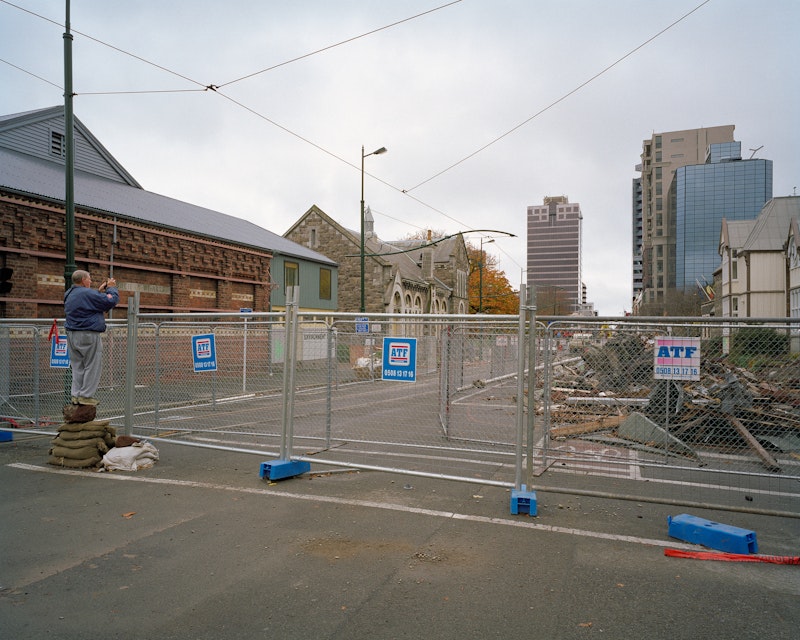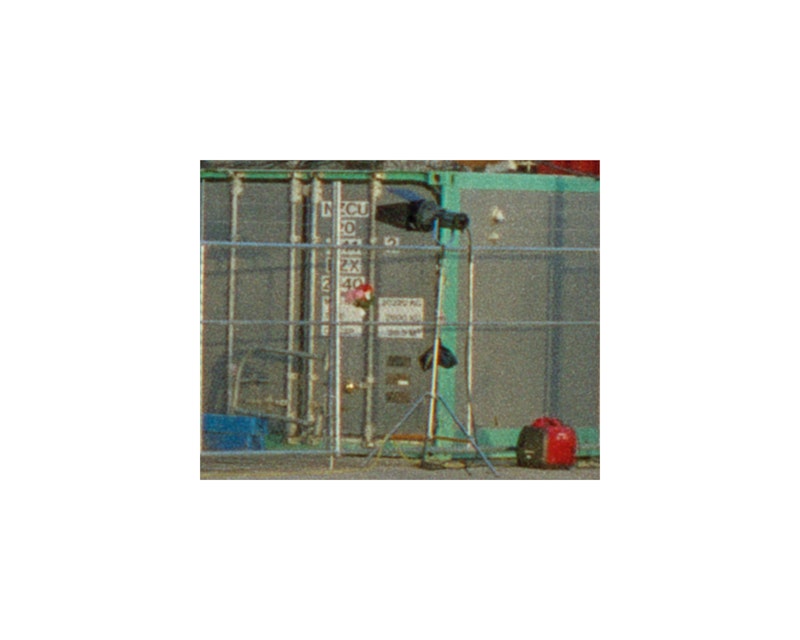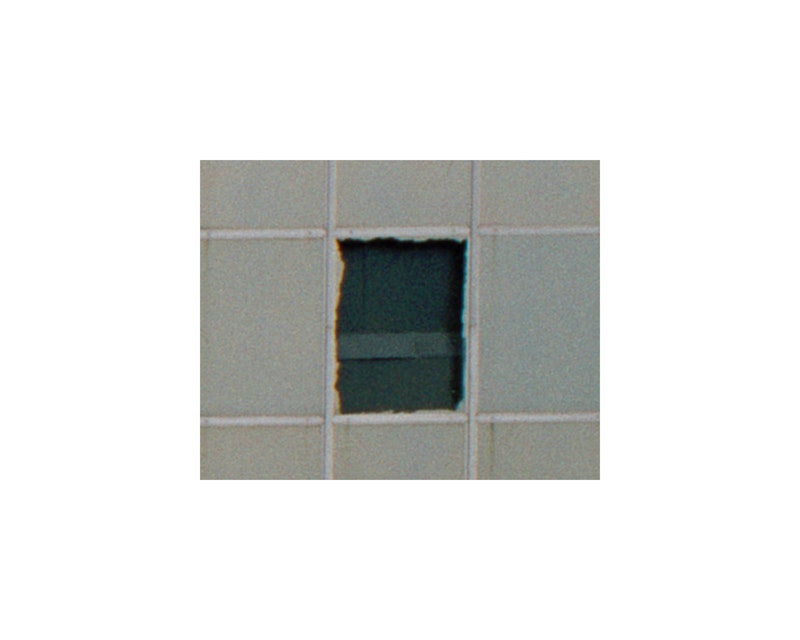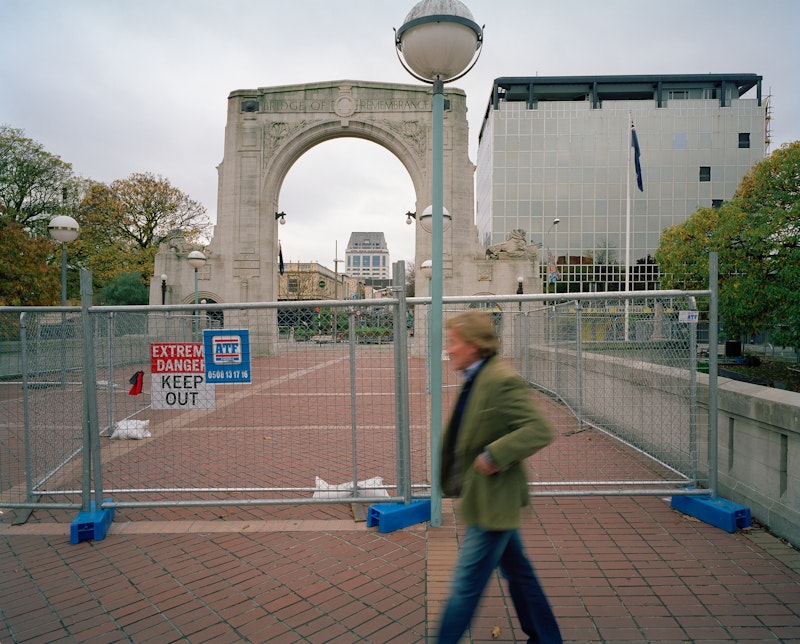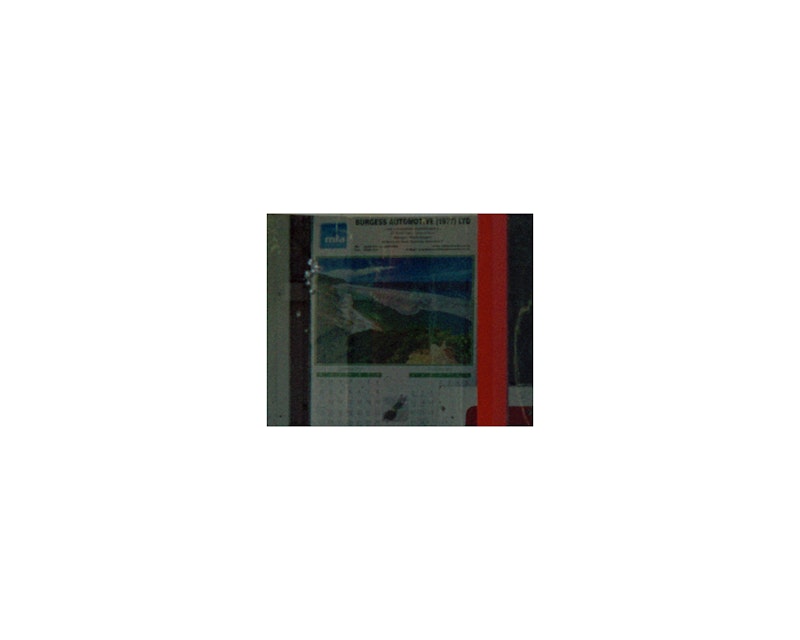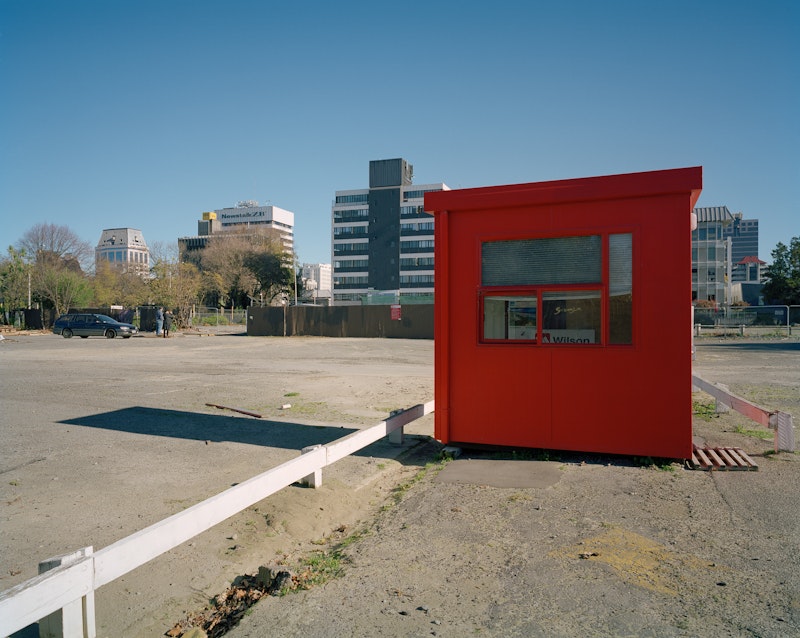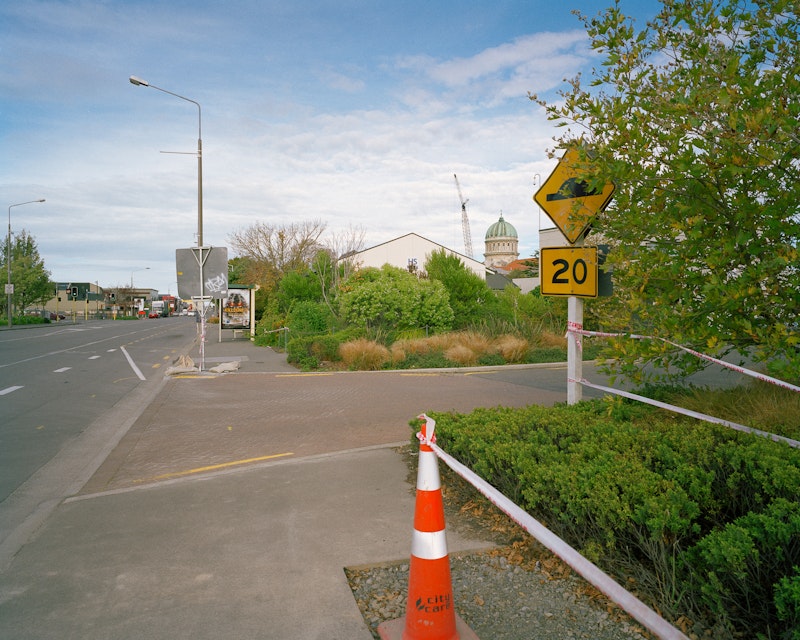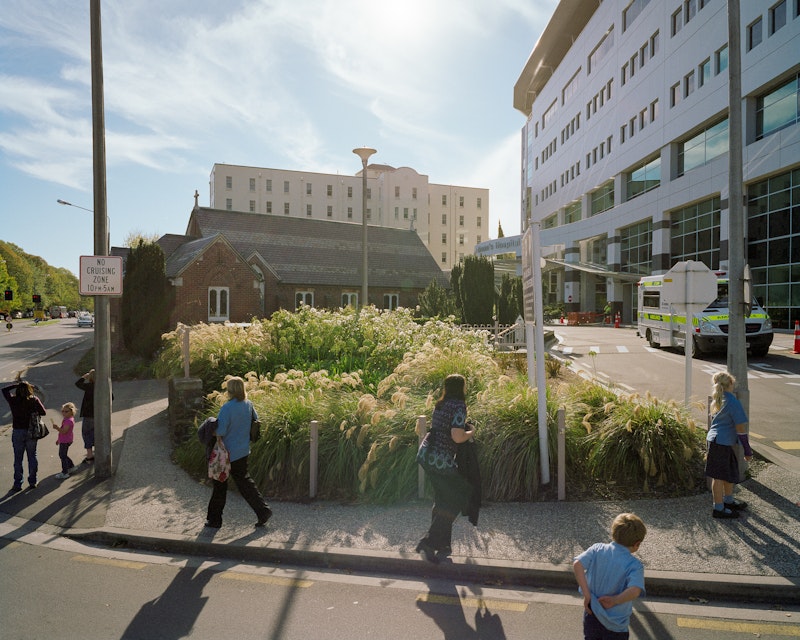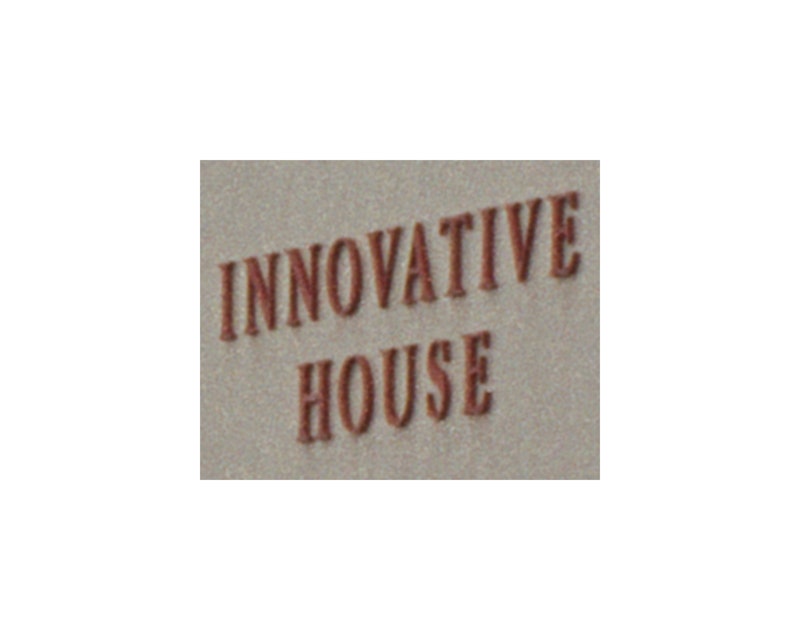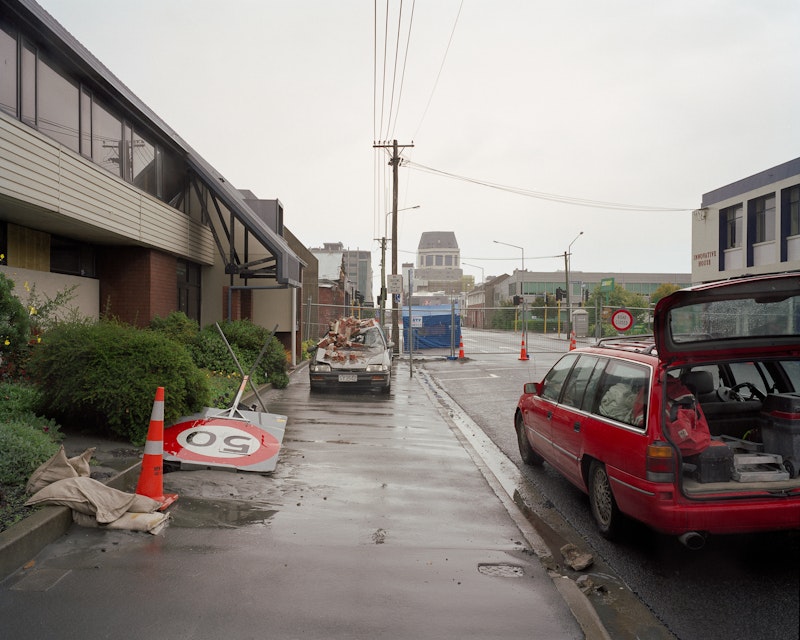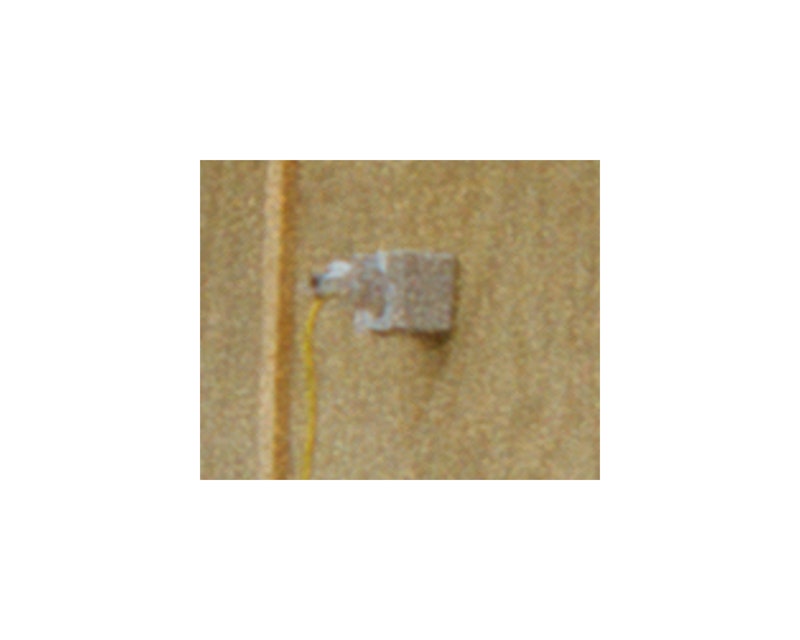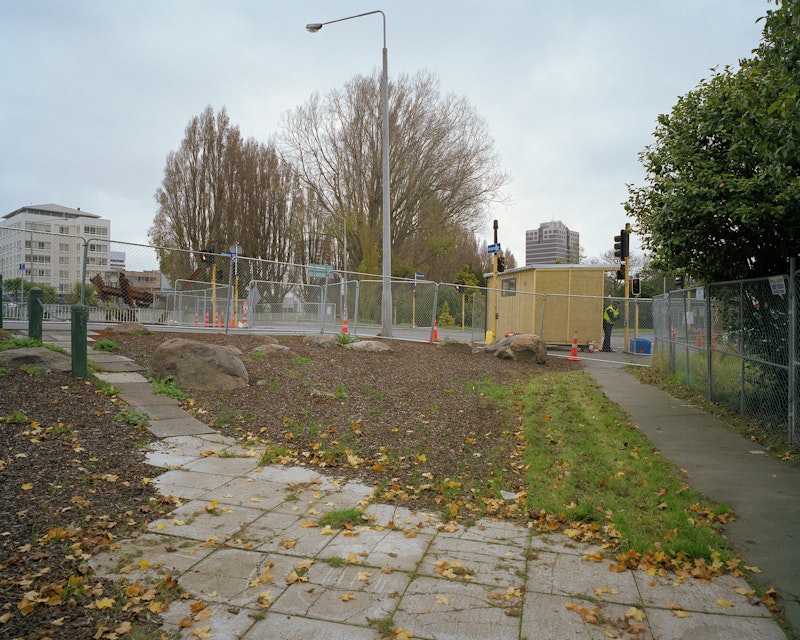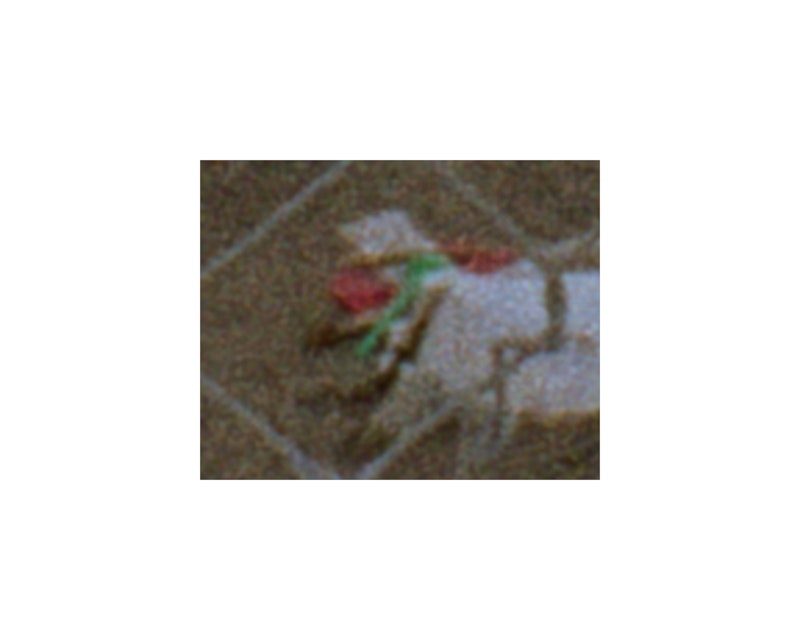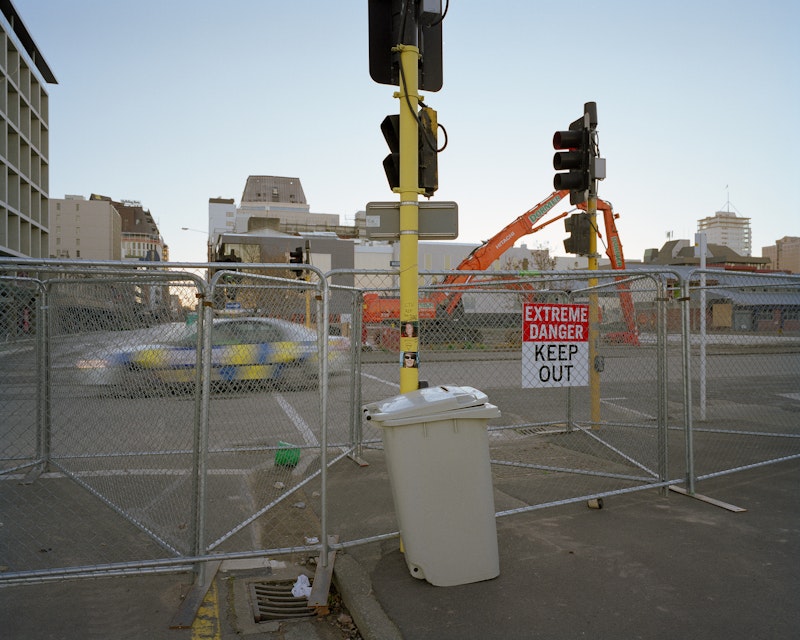A Terrible Beauty
Orientation, a book of photographs by Tim J Veling, A Place in Time Documentary Project, published by Al-les Press, Christchurch, 2011.
Stuff happens. We react.
The stuff of the Christchurch earthquakes has calculable dimensions, as does all the physical damage. The Red Zone has precise geographical parameters. It gradually becomes known which buildings are to be demolished, which can be repaired: this one, that one. Detailed plans are laid for the reconstruction, with measurable maps, established timelines, dedicated amounts of money. These are facts. They have jobs to do. One of them is offering reassurance at a time when when very little can be depended on, when any notion of "ordinary life" has become just a memory.
There's very little of the factual, though, in our reactions to situations. That we're reacting is probably the only identifiable fact. How we react is the realm of emotions and their background of personal history, a cauldron of circumstances with no calculable dimensions whatever. This is where the common distinction between the factual and the emotional breaks down (that old objective/subjective binary chestnut) because the felt realm is just as real - try asking anyone in Christchurch.
There is some stuff that happens which is almost impossible to comprehend: natural catastrophies such as the recent Japanese earthquake and tsunami, cultural tragedies such as the Holocaust, where any concept of "normality" ceases to apply, and the human beings most directly affected may easily succumb to a numbness just to get by, a sort of emotional Red Zone, cordoned off with guarded checkpoints. How can we get our heads around the facts and consequences of the Canterbury earthquakes? No listing of the facts surrounding them is going to encompass the enormity of their impact on the lives of the people living there. The jobs that facts can do have their limitations. It's worth recalling that the great Lisbon earthquake of 1755 gave the whole Enlightenment project a big jolt too. So, the question is: where to put one's faith if any sense is to be made of such intense, frightening experience?
Of course, isolated facts are anyway pretty meaningless. It's their context and the internal consistency of their ordering that compels our respect and enables our belief. Perhaps surprisingly, the thing we call art can operate along similar lines. Surprisingly because art's processes are almost automatically assumed to be the opposite of science's and the factual approach they depend on. Veling has already demonstrated his skill in this contexting and creating internal consistency with his 50-part series Pre-marital Bliss. Very few of the images
on their own tell you much about the subject - apart from, perhaps, indicating the photographer's uncommon formal abilities. But, these images add up, incrementally, to an unforgettable picture of a personal relationship in all its tentative and tender dynamics.
"Orientation" is the perfect word to title this new sequence of 20 photographs taken over the past several months inside Christchurch's Red Zone. Veling may be doing the traditional reportage of the documentary project, but he's also trying to make sense of his experience by putting faith in his image-making, re-orienting himself to the vastly changed circumstances of the place where he lives. And in terms of context and internal consistency, Orientation is as successful as Pre-marital Bliss in building a whole out of a sequence of discrete images. Successful's a rather clinical description in these particular circumstances though. Just as, say, Grunewalds's Isenheim Altarpiece of 1506-1515, The Crucifixion, might be seen as a "successful" resolution of form and content. There's actually quite a bit more to it.
That famously distressed and broken body (painted to inspire acceptance of suffering and commitment to hope in the inmates of a hospice for victims of St Anthony's Fire) might serve as a metaphor for Veling's latest project. His subject is a broken central city, scarred, empty, devoid of health, and seemingly doomed. The suffering and hope Grunewald addressed are implied in Orientation's dedication: "... to the people of Christchurch. When the cordons are removed, when the land is cleared and our city rebuilt, may we never forget those no longer with us". The painter's concern was for human physical affliction: the photographer's concern more for the psychological sphere.
Superficially, Veling's images are as dead-pan as Fiona Amundsen's - there's a whole international style of urban depiction of this sort right now - but the more you look into them there are details that stab you in the chest and send the photographs from the category of factual reportage into the theatre of emotional response, the very coolness of these views suggestive of a certain numbness of feeling and a compulsive need to make sense of what's happening. This search and these seemingly objective images are suffused with a melancholy almost palpable.
The book's simple, sober design can only reinforce the photographer's project, the repeated three elements of it suggesting a pulse paralleling a slow, funereal drumbeat. It's not just a matter of giving the images an appropriate context though. The design actively channels Veling's desire to draw our attention to the details. It's now necessary to describe the layout in some detail. The page format is vertical A4. You open the book, and in the middle of the left-hand page, occupying about a quarter of the space, is a map of central Christchurch, a red do showing the location of the following photograph (as yet hidden). In the middle of the facing, right-hand page, on the same scale, is a fuzzy, often puzzling image - often so pixilated as to seem almost abstract - that turns out to be a tiny detail of the following photograph (still remaining hidden). This right-hand page folds out, to reveal the full-sized photograph, on A3 scale. This strategy gets you looking, scanning each image forensically for the clue and - of course - finding much along the way, just as the photographer intended, each discovery adding to the weight of what Veling's camera is unearthing.
This extraordinary publication is the most recent in a long line coming from Glenn Busch's A Place in Time Documentary Project, initiated in 2000, after he became a photography lecturer at Canterbury University's School of Fine Arts at Ilam. Busch has been a crusading presence in New Zealand photography since the mid-1970s, when he established the pioneering Snaps Gallery in Auckland. He published one of the first contemporary photographic portfolios, his 1975 Marylands' series, and later became known for his Working Menseries, published as a successful book in 1984 along with a nationally-touring exhibition.
A Place in Time was set up "... with the purpose of making documentary work about a city and a cross-section of its people that might contribute towards an increased knowledge, perception and tolerance of one another". In 2000, the place of traditional documentary photography wasn't the sexiest on the planet, certainly in the art world, which was only then beginning to comprehend that the photographic medium might have something to offer. Even in just the past dozen years this situation has changed markedly, but while some public galleries - such as New Plymouth's Govett-Brewster - are taking documentary work more seriously, this hasn't trickled down very far with regard to the galleries generally (exhibiting and collecting), or private collecting. And it's pretty hard to make any connection with what goes on these days in auction houses and A Place in Time's"tolerance of one another". The documentary strain of photography clearly still has much work to do and a long way to go.
It's one of those ironies of history that when Busch began the project, with its seemingly old-fashioned aims, no one could have predicted that its first decade of endeavour would merely be preparation for what its job might be in the wake of the earthquakes. Veling's Orientation is the first sign of this. It could become our orientation too.
Peter Ireland
Originally published HERE

